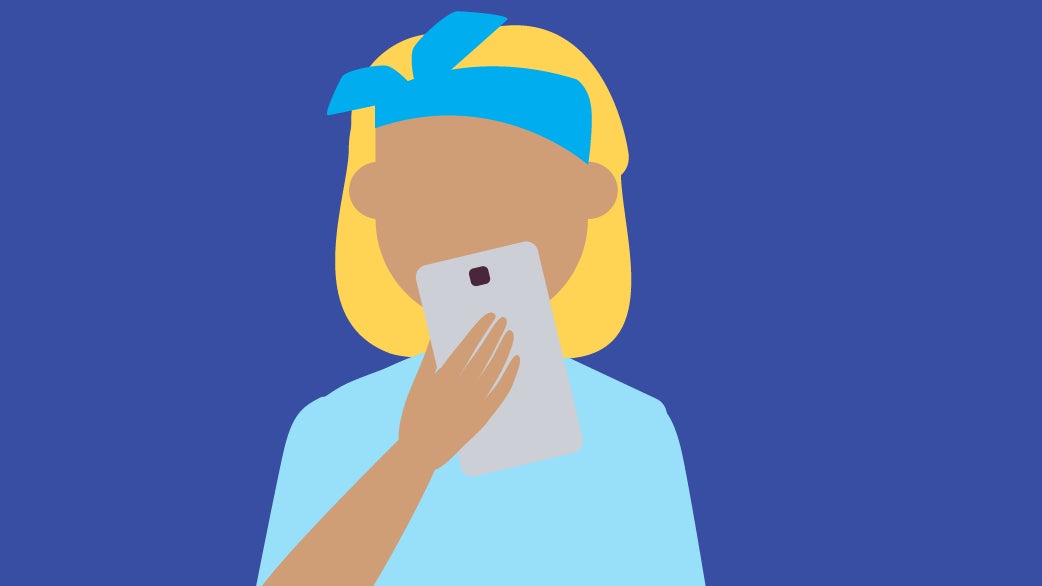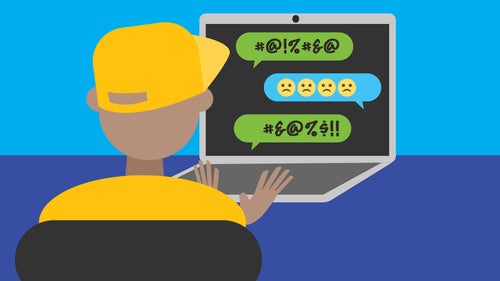How to help your teen navigate privacy online

As kids and teens spend more time in the digital world socialising and gaming, their privacy has become more critical than ever. First, have open conversations about managing online privacy and the implications of not safeguarding it.
Privacy is your kids and teen's personal bubble in the online world, and from the get-go, we need to teach them about being privacy-preserving, which means having the right safeguards in place to keep personal information to themselves.
It is like a digital door to a private room over which they have control. Your teen can decide who sees their photos, videos and messages. So, whether they're chatting with friends, posting pictures or browsing the web, they keep their digital world private from prying eyes while taking charge of their online space.
Five ways to help your teen navigate their privacy online
1. Ask: Do I need to share this information?
Teach your teen to limit the amount of personal information and data that they hand over about themselves to different platforms. Before sharing anything online, a simple trick is to ask yourself is, 'Do I need to share this information?'
2. Is their account visible or public?
When your teen signs up for a new app or social media account, check whether it's set to public or private. All social media apps have a default setting (public or private) that indicates the account's accessibility and what others can view.
3. Set location settings to off
Set your teens' phone location settings to 'off' by default. This will allow them to choose whether to permit apps to access their location. It's important to note that platforms may still have alternative ways to collect their data.
4. Use app safety tools
Apps offer safety tools that allow you to block or limit other users' access to your content and your access to theirs. Help your teen learn about these features so that they feel empowered to use them to protect themselves and their data.
5. Download your data from apps
This information will show you what they collect and store, which is a great way to learn whether to increase your privacy settings. Also, downloading your data before deleting the account is the safest way to stop using a platform.

How teens view their online world
In 2023, a study of teens aged 15 to 17 called Implementing the Privacy Act Review to advance children’s rights found that the vast majority of teens described feeling unsafe and unprotected in the digital world, with teens feeling least safe when it comes to misinformation, scams, distressing content, privacy and online abuse.
53%
of teens do not agree that their privacy is respected online.
72%
of teens support a rule that would require apps to personalise products for those under 18 in ways that respect young people's rights.
Where to go for help or advice
For information on identity theft, fraud, scams, and hacking, visit the Australian Cyber Security Centre. Alternatively, contact eSafety for more information and resources.
Australian Cyber Security Centre eSafety - Identity theft



